It is highly recommended that one should ingest vegetables in their raw form so as not to lose the full practical nutritional benefits they provide.
But a cooking method that exactly matches and does not expose the food to any critical damage can also provide the needed nutritional benefits too.
Almost all human cultures have evolved over time to include various types of cooked food, including vegetables, into their diets.

Why is Good to Cook Vegetables?
There are certain cases where a vegetable’s variety of nutritional benefits is released into the digestive tract at an increased rate by cooking them.
Onions and garlic belong to the Allium family of vegetables and they are one of the best examples of this practice. All the members of the Allium family have extreme sulfur-containing values which tend to protect our overall health. These values get increased when exposed to heat, triggering various chemical reactions that are beneficial to variations in the aforementioned sulfur compounds.
- Onion?s pungency is increased during food preparation, such as chopping and trimming.
- Steaming seems to be the best method to maintain the nutritional quality (TAC, carotenoids, glucosinolates, sulphorane, folate and phytochemicals).
- Onions should be cooked or baked to improve flavonols’ content.
- Sous vide cooking has shown good results in cooking potatoes and should be investigated further.
- Soaking and cooking peas and beans are effective in removing or reducing anti-nutrients such as tannins, TIA and acid phytic.
- Boiling seems to be the best method to retain folate in peas and should be further investigated.
- Soaking with salt, discarding water and cooking in fresh water is the best method to reduce cooking time, and to improve the protein quality, texture and appearance of beans, while reducing gastric issues.
- The absorption of Fe can be improved by heat processing.
- Other factors besides cooking – such as growth conditions and variety/cultivar – can affect sensory parameters.
It is very important to cook each type of food accordingly to avoid losing most, if not all of its nutritional quality. Sometimes even 30 seconds of exposure to steam can cause a significant loss of nutrients and alter the actual composition of the nutrients.
Every single type of vegetable responds to its own individual heat exposure requirements. So it is important to pay attention to each vegetable’s required cooking time and the optimal cooking temperature.
Spinach is to be boiled only for a minute, for instance. Anything above that mark will cause the loss of precious nutritional values. Kale, for example, requires fives minutes of steaming to draw its nutritional potential to the maximum.
Steaming Benefits
The benefits of steaming compared to boiling cannot be stressed enough. With longer exposure to heat, food will lose its nutrients even more.
If all other factors accounted are equal, steaming offers a significantly lower rate of nutritional value loss than boiling. That is the main reason why steaming is preferred over boiling.
Raw vegetables are not always the best choices when it comes to the nutritional value of the food. One should take into consideration the freshness of a raw vegetable, as well as its long exposure to light and air before ingestion. The body relies heavily on chewing in order to prepare the uncooked food for digestion. Short periods of cooking a vegetable may greatly enhance its digestibility.
A proper mix of raw and cooked vegetables should provide the best nutritional values in the meal plan. Chewing the food well and following the precise cooking and steaming suggestions and requirements should provide the maximum nutritional benefits of both raw and cooked vegetables.


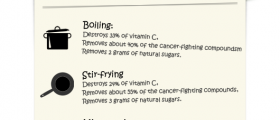

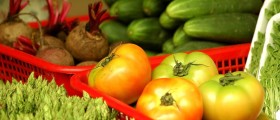

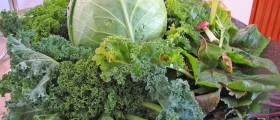
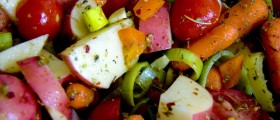
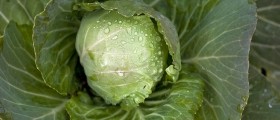

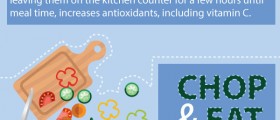



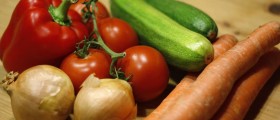

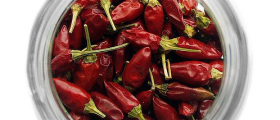
Your thoughts on this
Loading...